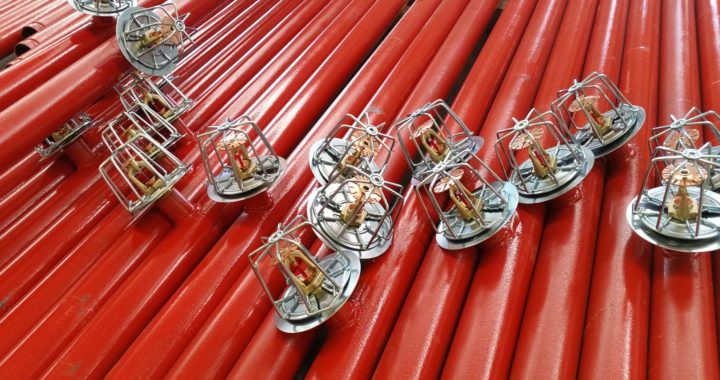Retrofitting your property with the necessary emergency measures is an excellent way to anticipate the worst. Natural calamities like earthquakes, storms, and floods can damage the integrity of your building. Besides these environmental threats, you should also protect your building from fires.
Building fires generally occur in buildings that house electronics and flammable chemicals. However, you shouldn’t count yourself safe from them, especially if you’re next to any of these establishments. Thankfully, you can install a fire safety system to minimize your potential damages and losses.
Maintaining your fire safety systems
A fire safety system ensures that your building is capable of preventing any fire-related emergency. However, installing one in your property doesn’t mean that it isn’t fool-proof. This is why you need to perform maintenance on your emergency systems to ensure that your preventative measures will be available when you need them.
If you want to keep your property fire-proof, here are three ways to prepare your building’s fire safety system:
Keep a secure and reliable water supply for your fire pumps
Having a fire safety system with sprinklers in your rooms and hallways won’t be useful if you have low water pressure. It prevents you from minimizing a compromised area’s damage due to having too little water at the scene. It’s best to connect to the nearest reliable water source, such as rivers and lakes, for your system. If you have cooling tower basins, make sure to routinely test it so that it can release the adequate output of pressure when you need it.
Design adjoining systems for your fire pumps’ sprinklers
Installing water sprinklers at key locations in your property is necessary to avoid the spread of fire. Many buildings segment their fire safety systems to respond only to specific areas. However, disjointed systems can cause your building’s fire pump to have insufficient water for all your sprinklers.
The best way to go about this issue is to ensure that you’re using adjoining systems to accommodate multiple fire pumps. Doing so will ensure that all systems are receiving the amount of water and pressure they need.
Test your building’s different gas-based suppression systems
Besides the damage that fire can inflict on your building’s occupants, you should also be cautious of smoke. Carbon dioxide (CO2) is a major contributor to fires’ dangers since it can induce nausea, suffocation, and fainting. Fire safety systems detect smoke through the accumulation of CO2 in an area. An alarm triggers once the amount of CO2 reaches the threshold. However, its detecting capabilities can wear down over time.
Different rooms will have varying CO2 accumulation thresholds. For example, a kitchen or boiler room will regularly have smoke around, so it’s best to adjust their smoke alarm settings. Besides managing the unit itself, you must also consider fan and ventilation within these areas. By testing all your enclosures, you can see if some units demand different signal discharge levels over others.
Conclusion
Remember to perform frequent fire emergency drills to ensure that your system won’t degrade due to inactivity. Although you can perform these tests on your own, it’s best to let professionals perform repairs or adjustments to your fire safety system if necessary.
You need to employ a professional company to ensure that all your emergency systems are in working order. By choosing a reputable fire protection firm, you can trust that your fire-proofing solutions are up-to-date and can protect your building when you need them.
Atlantic Fire Pro performs professional fire inspection in NJ to keep residential and commercial establishments safe from harm. We offer services on emergency and exit lighting, kitchen hoods, kitchen fire suppression systems, and more. Contact us today to learn more about how our experts can fire-proof your property.

